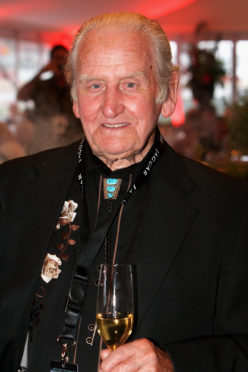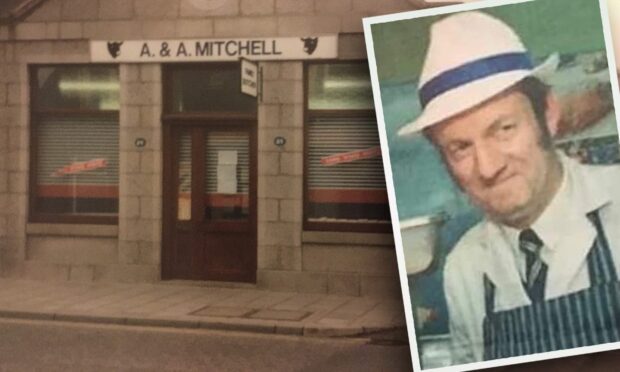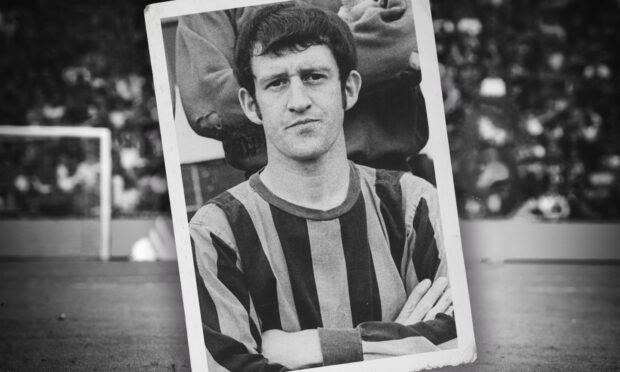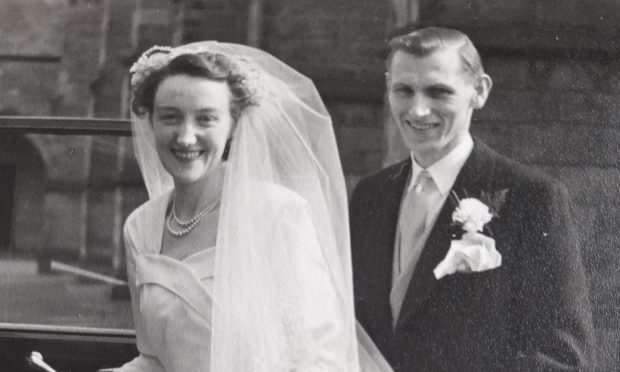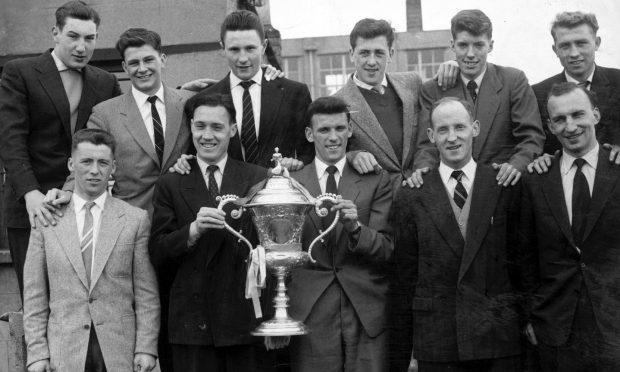Known by many as “Britain’s greatest test driver”, Norman Dewis clocked up more than one million miles at speeds of over 100mph during a career spanning more than 30 years at motoring manufacturer Jaguar.
The chief development driver, who played a large role in models including the C-, D- and E-types and the XJ saloon, has now died at the age of 98 following a life packed with excitement.
Born in 1920, Mr Dewis left home at 14 years old to provide for his family following the death of his father.
He started out fitting wings and bonnets on Humber vehicles before moving to the chassis department of Armstrong Siddeley.
Soon after, he was drafted into the RAF for the Second World War, working a gun turret on a Blenheim bomber.
After the conflict he joined Jaguar, with his first project resulting in the invention of now-commonplace disc brakes.
All at Goodwood are sad to hear of the passing of Norman Dewis, Britain's greatest test driver. He oversaw the development of Jaguar's C-Type, D-Type, E-Type XJ13 and many more legends in his tenure as development engineer from 1952-1985.
? Motorsport Images pic.twitter.com/nvLaOkvcOw— Goodwood Road&Racing (@GoodwoodRRC) June 9, 2019
Mr Dewis was involved in testing the cars with the brakes installed, including a modified XK120 which he set a production car record of 172.4mph in.
In 1955 he raced in the prestigious Le Mans 24 Hours – at one point reaching 192mph in a D-type, which he had previously tested.
During his career with Jaguar, Mr Dewis spent the bulk of his time on a high-speed race track in Warwickshire.
He was said to have covered approximately 500 miles every day – at speeds of up to 140mph – seven days a week.
His work included proving that the E-type was capable of reaching 150mph, then driving it 750 miles to the Geneva Motor Show for its grand unveiling overnight.
Despite his inherently dangerous job, Mr Dewis was involved in relatively few crashes.
We lost another great British hero today. Norman Dewis OBE was Jaguar’s greatest test driver and a humble kind and funny man. It was a great honour to have known him. We’ll miss you Norman. pic.twitter.com/ELsBr3yuT8
— Quentin Willson (@QuentinWillson) June 8, 2019
During the testing of the XJ13, one of the wheels broke while the car was travelling at 135mph.
But while it made a series of barrel rolls, he was able to return home completely unscathed.
Mr Dewis reluctantly retired in 1985 due to employment regulations, but continued to drive at the Goodwood Revival motoring festival and act as an ambassador for Jaguar.
He was made an OBE in the 2015 New Year Honours list for his services to the motoring industry – saying at the time that he was “truly chuffed”.
Earlier this year he was involved in the company’s promotion of its new electric I-Pace model.
A statement released by Goodwood said: “All at Goodwood are sad to hear of the passing of Norman Dewis, Britain’s greatest test driver.
“He oversaw the development of Jaguar’s C-Type, D-Type, E-Type XJ13 and many more legends in his tenure as development engineer from 1952-1985.”
And motoring journalist Quentin Willson wrote online: “We lost another great British hero today.
“Norman Dewis OBE was Jaguar’s greatest test driver and a humble, kind and funny man.
“It was a great honour to have known him. We’ll miss you Norman.”
